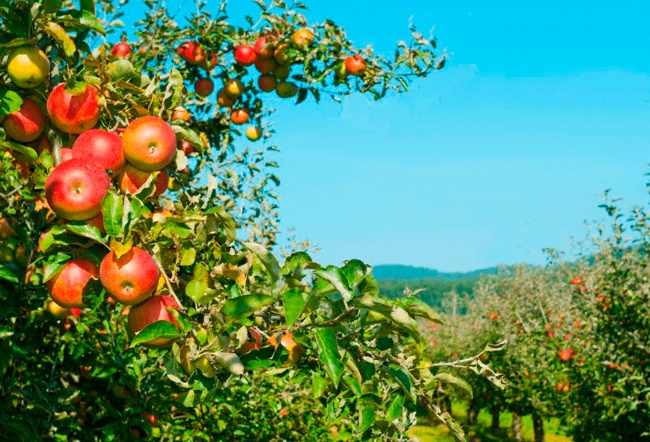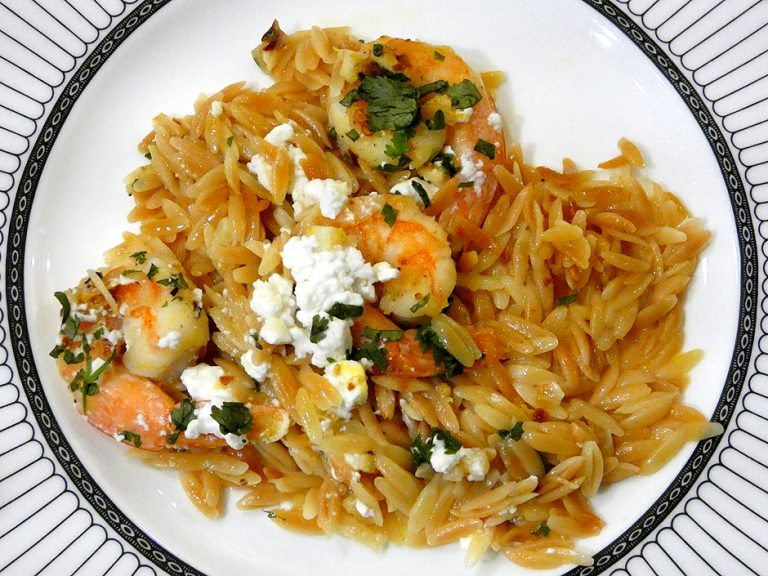Ice cream is an all-time favorite dessert that has been satisfying our sweet cravings for over 2,500 years. Its remote origins and fascinating evolution can take us on a journey through time to explore how different cultures played a role in creating the sweet treat we enjoy today.
The history of ice cream
While some historical records make allusions to ice cream-like foods being made in Persia in 550 BC, the rumors of Alexander the Great (356 BC – 323 BC) enjoying the sweet combination of snow and honey—or nectar—are more popular among historians. Later, the Roman emperor Nero would be known for sending runners into the Apennine Mountains to collect ice, which would be mixed with honey and wine to create the first sorbet.
However, older records trace back the origin of ice cream some 3,000-4,000 years ago, when the first primitive ice cream was produced during the Shang Dynasty by mixing buffalo milk, flour, and edible camphor—an aromatic crystalline substance derived from the camphor laurel (Cinnamomum camphora). According to Marco Polo’s accounts of his visits to China in 1254, the Chinese had already mastered the process of freezing milk by using salt and potassium nitrate to lower the freezing point of water.

Had it not been for Marco Polo, the ice cream legacies from China would have been forgotten during the Middle Ages. The Venetian explorer reintroduced ice cream in Italy upon his return from China in 1292 through his “Book of the Marvels of the World.” In his work, he recorded the recipes for the frozen delight he tasted during his travels, made mainly with frozen milk, cream and honey.
The evolution of ice cream
Ice cream, as we know it today, came to be in the 16th century when curious individuals realized that a mix of ice and salt could freeze liquids more quickly. The first experiments in the 1600’s involved frozen drinks such as wine, creating something similar to what we currently know as frosé.
Success
You are now signed up for our newsletter
Success
Check your email to complete sign up
In the meantime, Middle Easterners were making frozen drinks with rosewater, flowers, sugar and lemon juice; which would be served in large gold bowls over ice or snow.
In Italy, sorbets made their appearance as sweetened water with flavoring—typically fruit juice, fruit purée or honey—which later, through the addition of dairy products, gave rise to a new treat called cream ice or sherbet as we refer to it today. This sweet delicacy was a guarded secret only available to the wealthy.
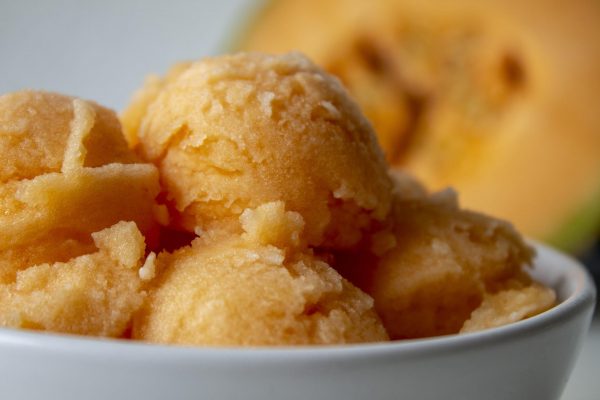
It was in 1660 that ice cream became available to the public. The first record of ice cream in the United States dates back to 1744 and the first advertisement for ice cream was published in 1777 by the New York Gazette. Interestingly, George Washington is said to have spent about $200 on ice cream in the summer of 1790.
As the frozen treat increased in popularity, ice cream sodas—a mix of ice cream and a soft drink—became a sensation at soda fountain shops in America in 1874. Equally popular was the sundae, which may have originated, in 1892, as a loophole around an inconvenient law.
Although controversial, the colorful story relates that sundaes appeared in response to strict religious laws called Blue Laws, which prohibited selling soda drinks on Sunday—a day of worship and rest. Looking for a way to sell their cool, creamy treat on hot Sunday afternoons, pharmacists—the greatest ice cream soda sellers at the time—resolved to replace the soda with cherry sauce, creating the iconic cherry sunday.

Some believe that the name was changed from “sunday” to “sundae” to make ice cream sundaes less offensive to religious adherents, while others affirm that the name change owed to the need to extend sundaes sales to other days of the week.
Ice cream cones became widely used in the 1900’s. The most popular—yet contested—story places their origin at the St. Louis World’s Fair in 1904, when a Middle-Eastern ice cream seller named Arnold Fornachou, ran short on containers and asked a waffle vendor near him to sell him some of his waffles, which he then rolled into cones to hold the ice cream.
Apparently America was behind the times, as Britain’s Agnes Marshall included in her Mrs Marshall’s Cookery Book, published in 1888, the first known recipe for an edible cone for serving ice cream.
Ice cream types
1.Traditional ice cream
The staple ice cream usually contains five basic ingredients: egg yolks, sugar, whole milk, heavy cream and vanilla bean paste or vanilla extract. Old-fashioned ice cream is firm on the spoon yet creamy in the mouth as it melts.
2. Gelato
Originated in Italy, this frozen dessert is made solely with whole milk. With a dense and stretchy consistency, gelato is available in flavors like cioccolato (chocolate), stracciatella (vanilla with chocolate flecks) and pistachio.

3. Sherbet
Made from fruit purée, this refreshing treat is considerably lighter than the creamy old-fashioned ice cream. Containing only 1 to 2 percent of milkfat, sherbets contain 80% less milkfat than the traditional dessert.
4. Sorbet
Sorbet is the perfect non-dairy option. Made of only two ingredients—fruit purée and sugar—sorbet is enjoyed not only as a dessert but also as a palate cleanser between courses.
5. Frozen yogurt
The so-called “froyo” contains the same basic ingredients as ice cream but is made with yogurt or kefir. The live bacterial cultures from these fermented drinks make it a nutritious and low-calorie option, that is often accompanied with varied sweet and tangy toppings.
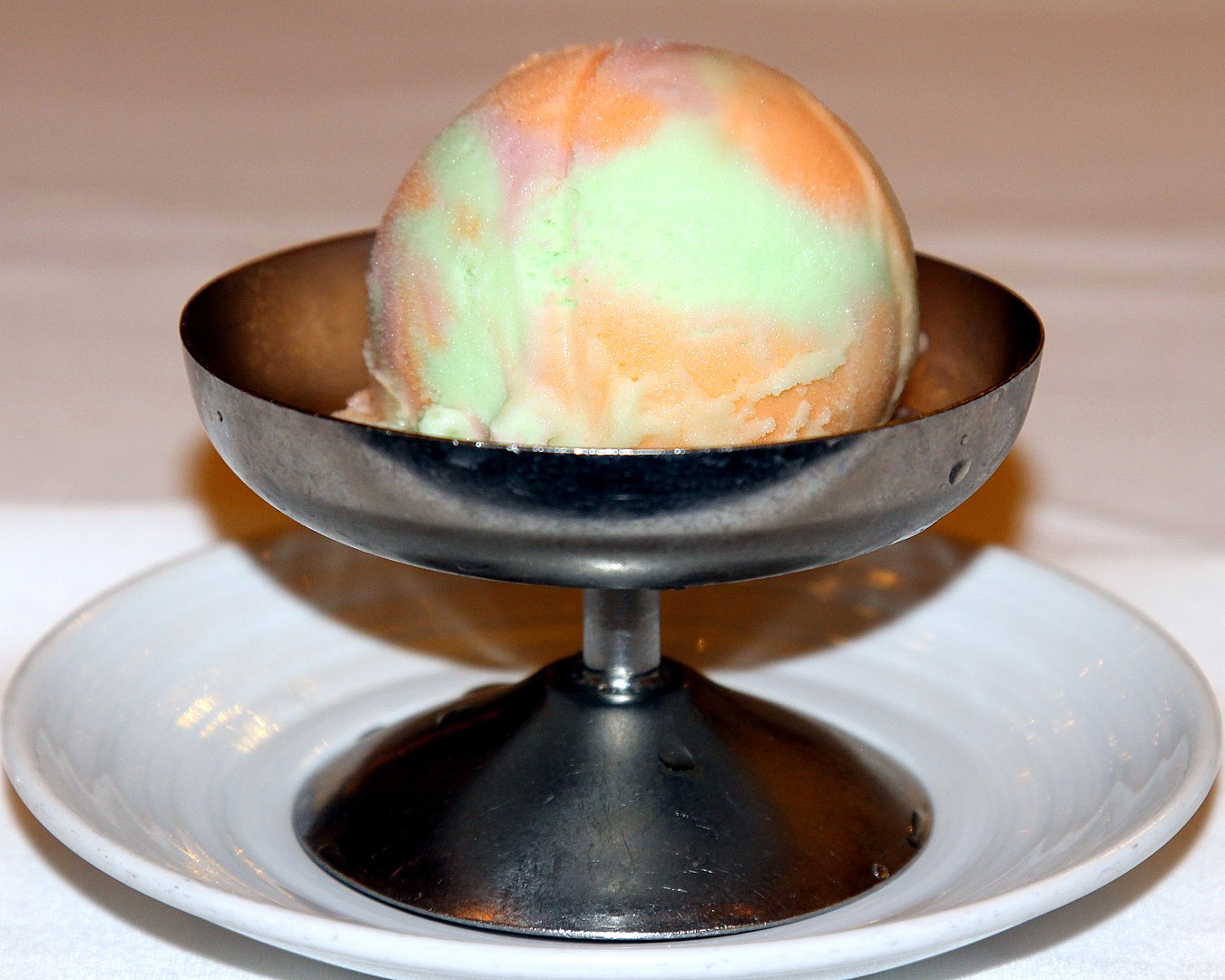
7. Frozen custard:
Denser in consistency than regular ice cream, this dessert features eggs in addition to cream and sugar. This secret ingredient makes for a richer, more luscious product.
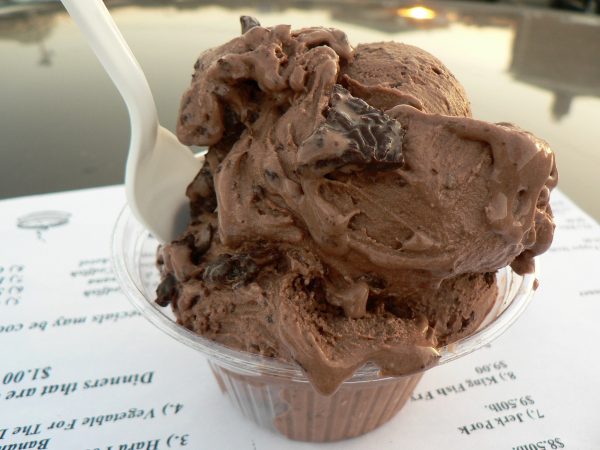
I doubt whether the world holds for anyone a more soul-stirring surprise than the first adventure with ice cream.
Heywood Broun, American journalist (1888-1939)






